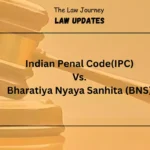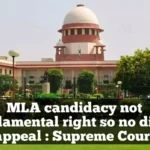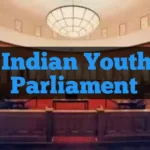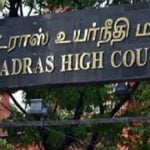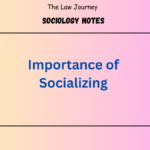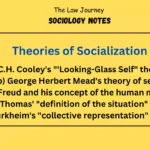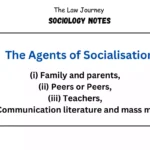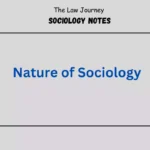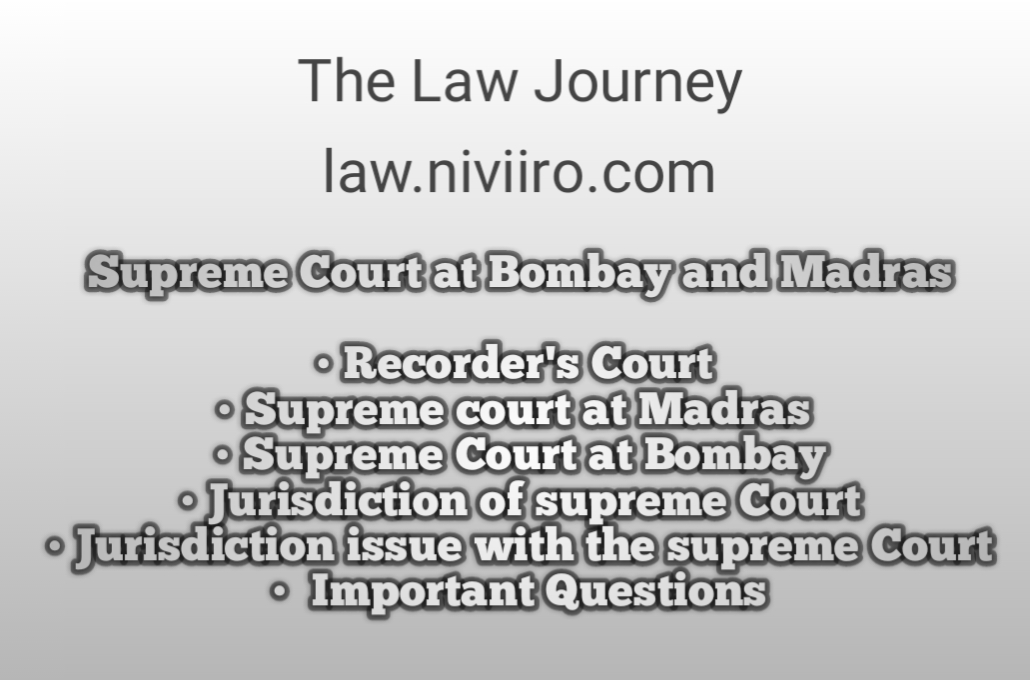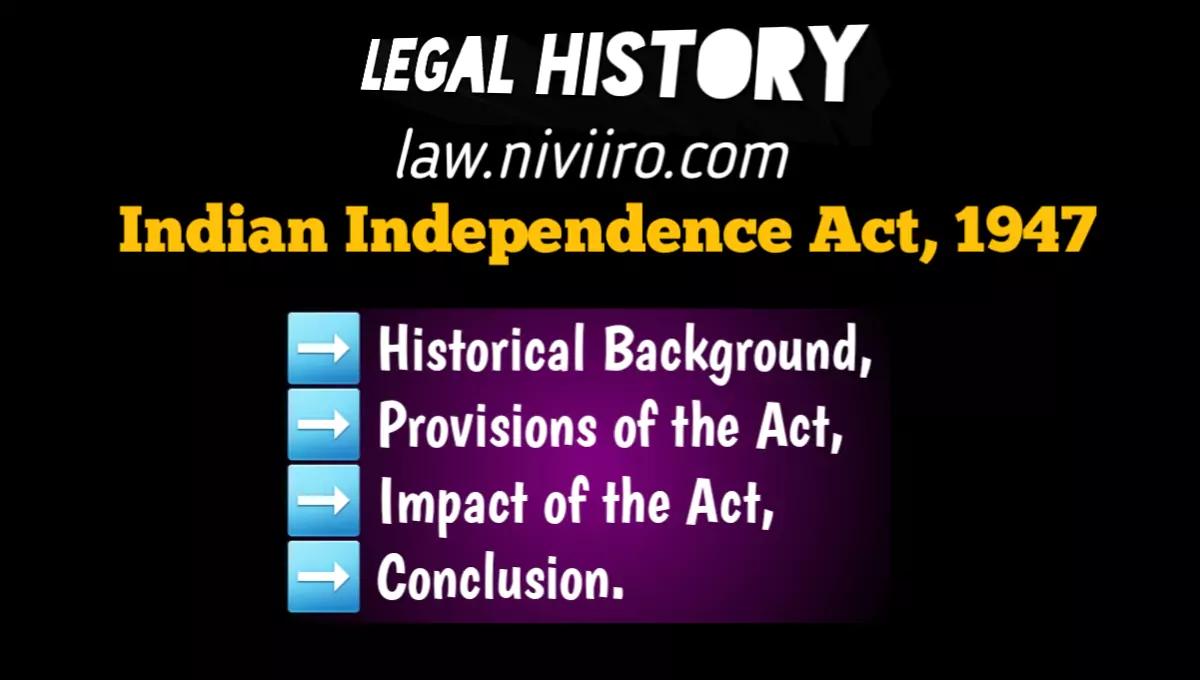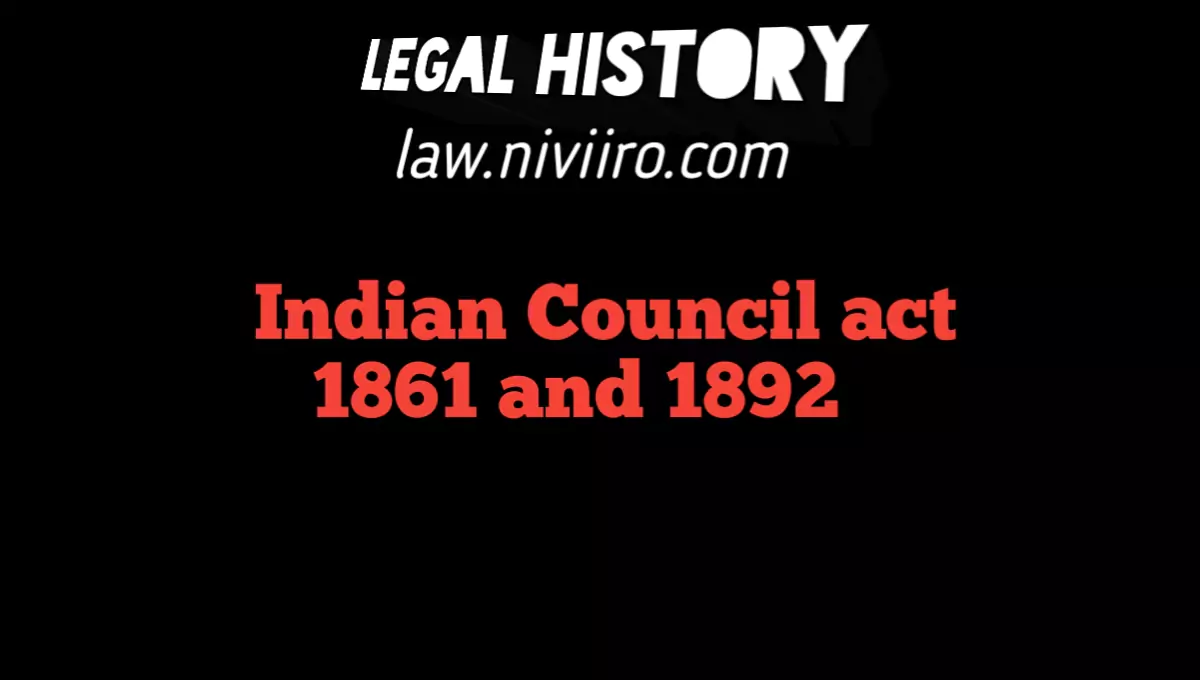The Supreme Court at Bombay and Madras was established by a charter of 1753. The powers of the Recorder Court were transferred to the Supreme Court and exercised the same jurisdiction and same restrictions as the Supreme Court.
Recorder’s Court | Supreme Court at Bombay and Madras
The Recorder Court consisted of A mayor, 3 aldermen and a recorder.The Court of Recorder was to be appointed by the Crown and the President of the Court.The court had all civil, criminal, admiralty jurisdictions.The Court of Recorders was established by a charter in 1798 by King George III.
Supreme court at Madras
In 1800 the British Parliament authorized the British Crown to establish the Supreme Court at Madras in place of the Court of Recorder. The Supreme Court was established in Madras under a royal charter on 26 December,1800 and started functioning from 4 September 1800.The power of the Recorder Court was transferred to the Supreme Court. The Supreme Court consisted of a Chief Justice and two other judges.It was a court of record. Judges had to be barristers for at least 5 years. Sir Thomas Strange was appointed as the Chief Justice of the Supreme Court.
Supreme Court at Bombay
The Supreme Court was formally inaugurated on 8 May 1824 in Bombay under the Act of 1823.The court had the same power and restrictions as the Supreme Court of Calcutta. The Recorder Court at Bombay continued for a longer period than the Recorder Court at Madras.The power of the Supreme Court of Bombay is mainly restricted in two aspects –
(1) in revenue matters and,
(2) in maritime matters.
Jurisdiction of supreme Court | Supreme Court at Bombay and Madras
1. All British subjects within the Presidency. 2. The Supreme Court could decide the civil and criminal cases of the residents of the Presidency City.
3. Disputes among the natives were resolved by their personal law.
4. The native had the jurisdiction of the court under the direct and indirect employment of the company.
Jurisdiction issue with the supreme Court | Supreme Court at Bombay and Madras
1. The Court of the Company did not have jurisdiction over maritime offenses and there was doubt as to whether the Supreme Court could take cognizance of such offenses committed by persons who were not otherwise within their normal jurisdiction.
However this doubt was removed in the Charter of 1813, which stated that the courts exercising admiralty jurisdiction were empowered to take cognizance of all offenses committed by any person on the high seas.
2. Although the Supreme Courts of Madras and Bombay were placed on the same lines as the Supreme Court of Calcutta, some questions still remain be answered. Whereas the Act of 1781 stipulated that the Supreme Court Calcutta could not exercise the jurisdiction of Madras “in the collection of revenue” and the Bombay Charters imposed restrictions in respect of matters “related to Revenue”.
Thus, the restrictions in the Calcutta Charter appeared to be narrow and Applicable only in cases of revenue collection;discount on the other two.The charters appeared to be comprehensive and referred to every matter relating to revenue.
3. The Charter of 1813 gave an aggrieved party a remedy against the revenue officials:
Illegal acts and granted jurisdiction over the Supreme Courts at Calcutta and Madras To entertain such questions. But, the Bombay Charter said that the Supreme Court shall have no jurisdiction in any matter relating to revenue within or outside the limits of the city of Bombay. Thus, there was a direct contradiction Between the Bombay Charter and the Charter of 1813.
4. Another question that came up before the Bombay Supreme Court was whether its? The jurisdiction of the Church applies to Parsi residents in Bombay.
It is believed that the jurisdiction of the Church can be exercised only over Christians And not on non-Christians.The Privy Council argued that in its Ecclesiastes jurisdiction, the court had to apply English ecclesiastical law which was established “especially on the assumption that all parties to the petitioners are Christians”.
Related Post
Important Questions | Supreme Court at Bombay and Madras
When was the Supreme Court established in Bombay ?
The Supreme Court was formally inaugurated on 8 May 1824 in Bombay under the Act of 1823.
When was the Supreme Court established in Madras ?
The Supreme Court was established in Madras under a royal charter on 26 December,1800 and started functioning from 4 September 1800.
What was the Recorder Court ?
to be appointed by the Crown and the President of the Court.The court had all civil, criminal, admiralty jurisdictions.The Court of Recorders was established by a charter in 1798 by King George III.
What was the jurisdiction of the Supreme Court ?
1. All British subjects within the Presidency. 2. The Supreme Court could decide the civil and criminal cases of the residents of the Presidency City.
3. Disputes among the natives were resolved by their personal law.
4. The native had the jurisdiction of the court under the direct and indirect employment of the company……
Explain the issue of jurisdiction with the Supreme Court ?
1. The Court of the Company did not have jurisdiction over maritime offenses and there was doubt as to whether the Supreme Court could take cognizance of such offenses committed by persons who were not otherwise within their normal jurisdiction…..
Refrences Book
- M.P. Jain, Outlines of India Legal History
- V.D. Kulshrestha, Landmarks in Indian Legal History
- Indian legal and constitutional history by Dr. N. V. Paranjape
- M. Rama Jois, Legal and Constitutional History of India
- A.B. Keith, Constitutional History of India
- Rankin G.C. Background to Indian Law

